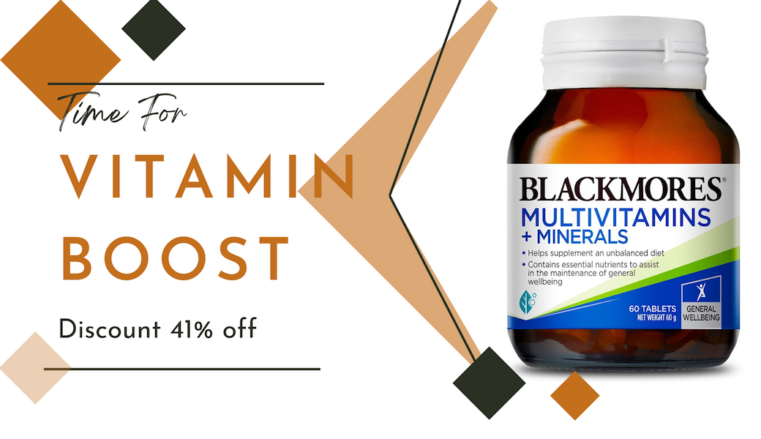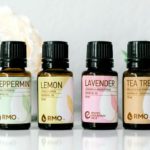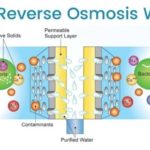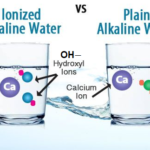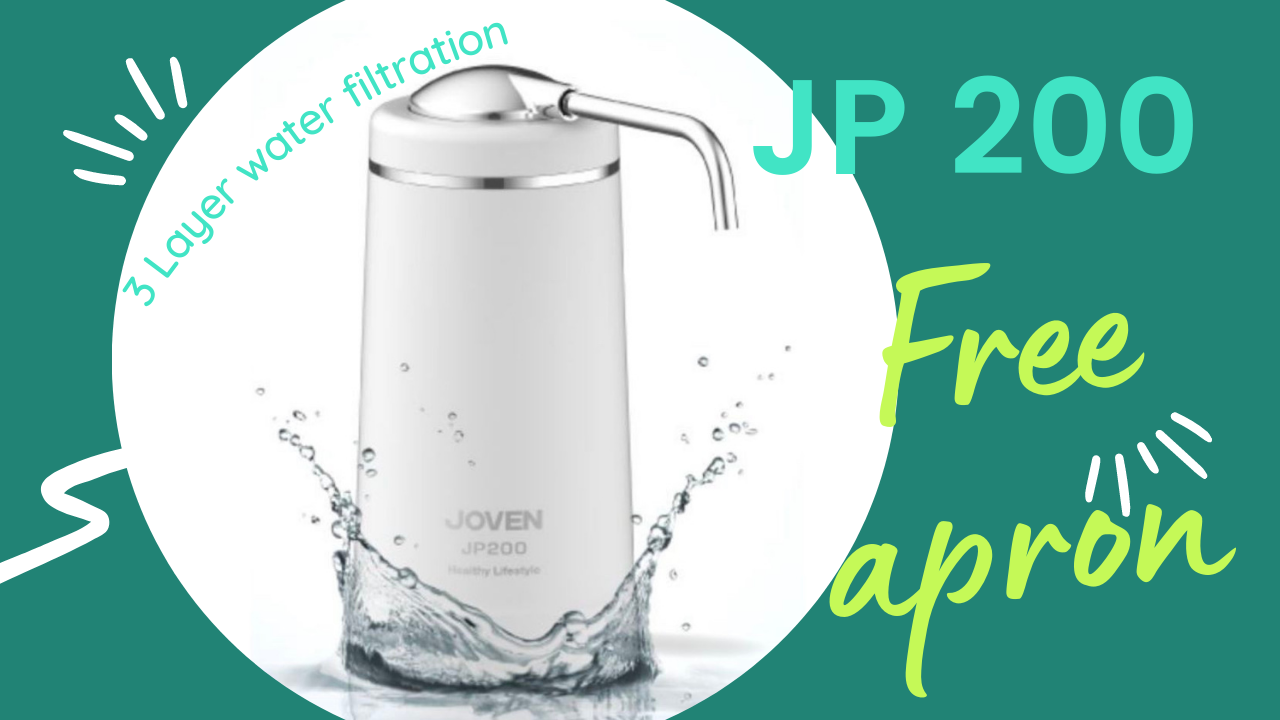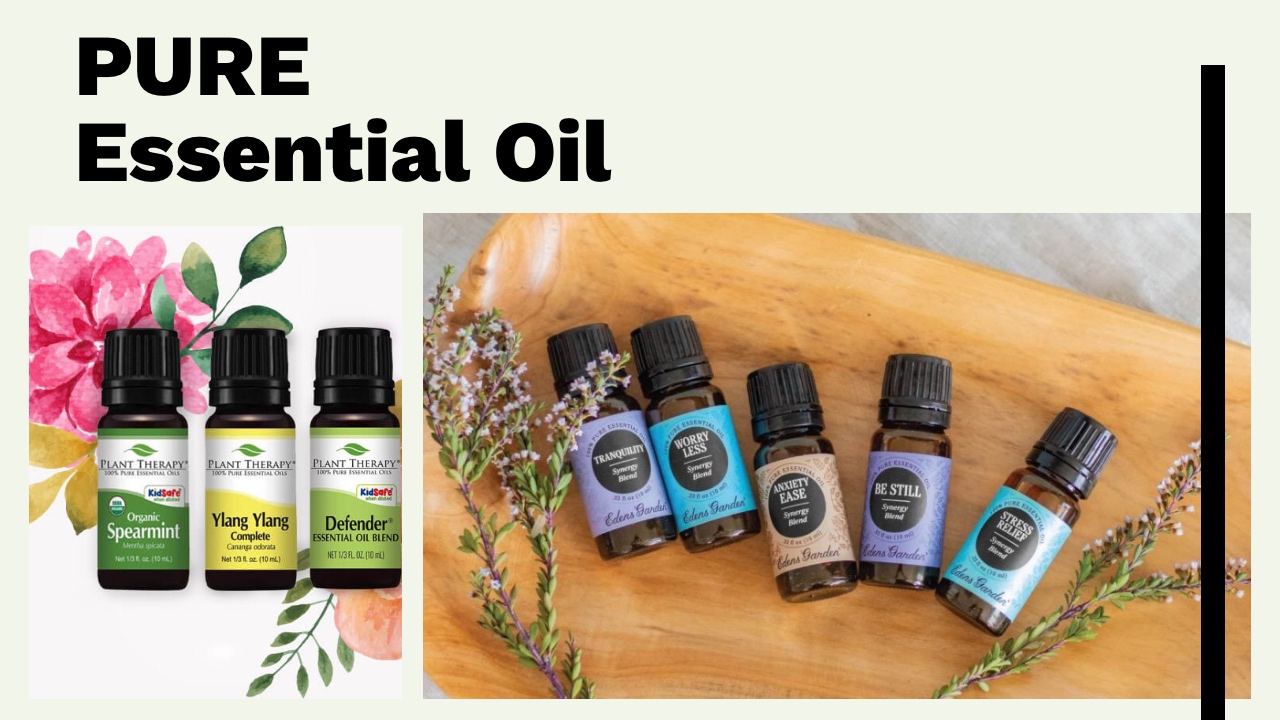DISCLAIMER: Essential oil (EO) should not be used to replace medication & medical treatment or prevent & cure Covid-19 or other diseases. You have to abide to the safety guidelines (such as the amount, how and restrictions of usage) when using EO.
As a form of aromatherapy, research into the effectiveness of essential oils is on them inducing calmness and relaxation. Essential oils can also increase a person’s tolerance to pain. This works as pleasant scents from essential oils send signals to the brain to release feel-good chemicals. However there are no clinical trials to prove some of their other benefits.
It’s important that the essential oil is tested to be pure, some companies publish the test reports online or can be provided when requested so consumers can check them to be sure. Some tested essential oil brands are reasonably priced, so you don’t have to buy expensive oils unless they have the quality you are looking for. Here’s a List of Popular Essential Oil Brands Tested by 3rd Party Labs and Internally.
Purity
These labs below (and others) analyze the detailed chemical breakdown to detect desirable Major and Minor components and verify the absence of undesirable components; adulterant, contaminant or diluent to determine purity of EO.
Purity is important because additives that are used to dilute or imitate an essential oil could trigger allergic reactions and impact the effectiveness of the oil.
- Essential Oil University (EOU in USA, essentialoils.org) – Founded by Dr. Robert S. Pappas (aka “Dr. P”), a PhD chemist who specializes in GC/MS (Gas chromatography–mass spectrometry) analysis and reporting the chemical breakdowns of hundreds of different essential oils, CO2s and absolutes.
- Laboratoire Phytochemia in Canada | phytochemia.com
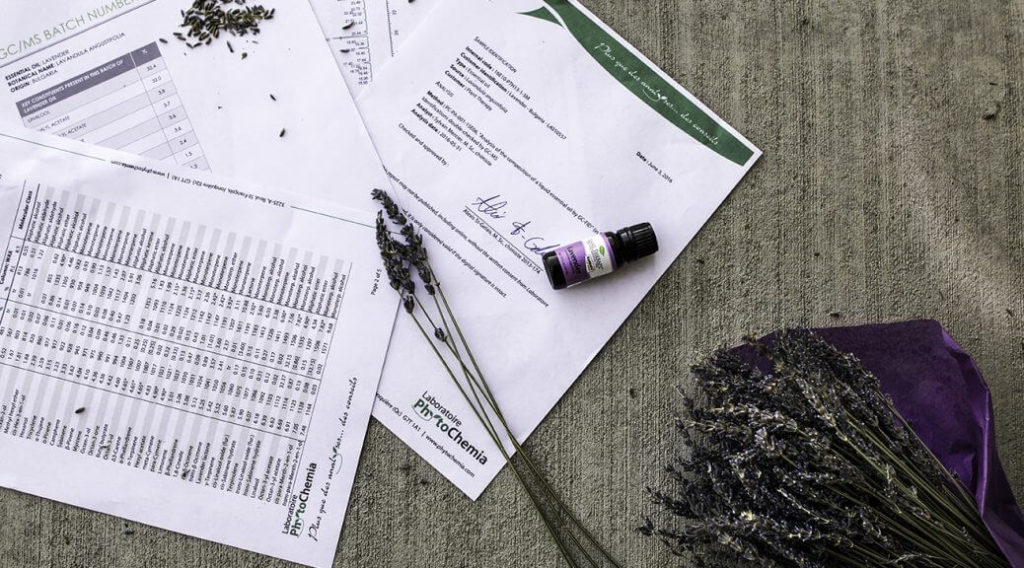
GC-MS Test Report by Laboratoire PhytoChemia on (Source: Plant Therapy)
For example, “Conclusion” of a PURE essential oil report may look like this:

Example of Adulterated (not pure) essential oil report:

Factors that determine EO Quality
- Processing – Distillation, equipment, packaging, handling, storage. Sometimes they are adulterated, contaminated or diluted (to save cost, achieve the desired aroma, etc.)
- Plant used to obtain the oil – species, which country it is cultivated from, environmental conditions, use of chemical etc.
Test Reports
Other non-profit organizations have also compiled test reports based on the most popular requests from their members for example, free of charge. Though not complete, their databases are growing. They are meant for educational purposes, and for people to make educated buying decisions. You are strictly NOT allowed to copy and paste/ share the reports somewhere else.
1. The Essential Oil Analysis (EOA) Foundation (essentialoilanalysis.com)
A non-profit organization founded in an attempt to bring accountability into the industry through competent GC/MS testing made available for free to the consumer, using only labs that specialize in essential oil analysis; Essential Oil University (EOU) in the USA and Phytochemia in Canada. Test Reports on Essential Oil Analysis database.
2. Essential Oil Consumer Reports Facebook Group (Closed Group)
Discussion, Analysis and Education in Essential Oil Chemistry and Quality. Reports database shared internally.
3. Consumer Advocate
Consumer Advocate took an in-depth look into the industry by reviewing 11 well-known brands, ordered, tested, and analyzed 33 essential oils; and collaborated with a group of experts in Essential Oil. GC-MS test results have been produced from collaboration with the Aromatic Plant Research Center (APRC).
Here are the results:
3 Types of Essential Oil; Lavender, Peppermint and Tea Tree were tested.
The three brands that passed all the tests are
AMÉO, AROMATICS INTERNATIONAL, doTERRA
These are the brands where adulterant was detected
- Artisan Aromatics – The results came back with adulteration markers for their lavender oil.
- AURA CACIA – The GC-MS test conducted by APRC detected synthetic markers in Aura Cacia’s lavender oil.
- EDENS GARDEN – The lavender oil purchased from the company came back from the lab with indicators of adulteration.
- Mountain Rose Herbs – Both lavender and tea tree oils came back negative for any adulteration but addition of menthol, menthyl acetate, and Himalayan Cedarwood were detected in their peppermint oil.
- NOW – peppermint oil came back with addition of menthol and menthyl acetate, while their lavender oil came back with synthetic markers of linalyl acetate.
- Plant Therapy – Detected synthetic markers of linalyl acetate on their lavender oil and addition of menthol and menthyl acetate on their peppermint oil.
- Rocky Mountain – Addition of menthol and menthyl acetates were detected in Rocky Mountain’s peppermint oil.
- As claimed by APRC, synthetic markers of linalyl acetate (Linalool oxide acetate) found on lavender oil show that it is adulterated.
- Reduced biomarkers (viridiflorol, sabinene hydrate, geramcrene D) on the peppermint oil indicate that there is addition of menthol and menthyl acetate.
The test reports by APRC have been questioned as the results have big contradictions with what’s reported by established and renown essential oil labs like Essential Oil University (EOU) and Laboratoire PhytoChemia (Read the Comments).
Certified Organic
To check if the essential oil is organic certified, verify at the respective accredited certifying agents such as:
USDA Organic | Verify at their Organic Integrity Database here



